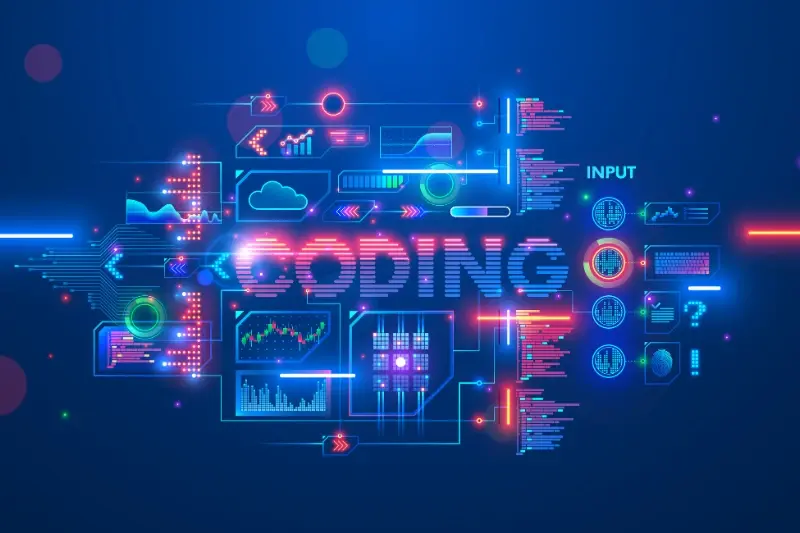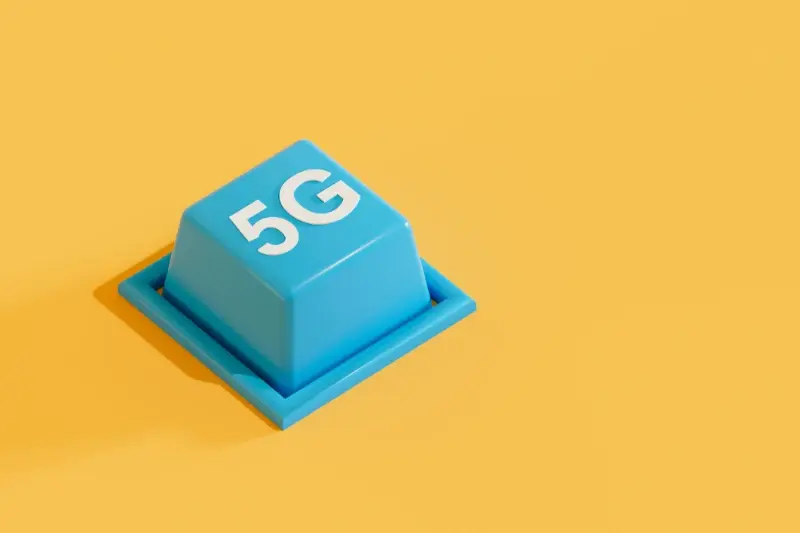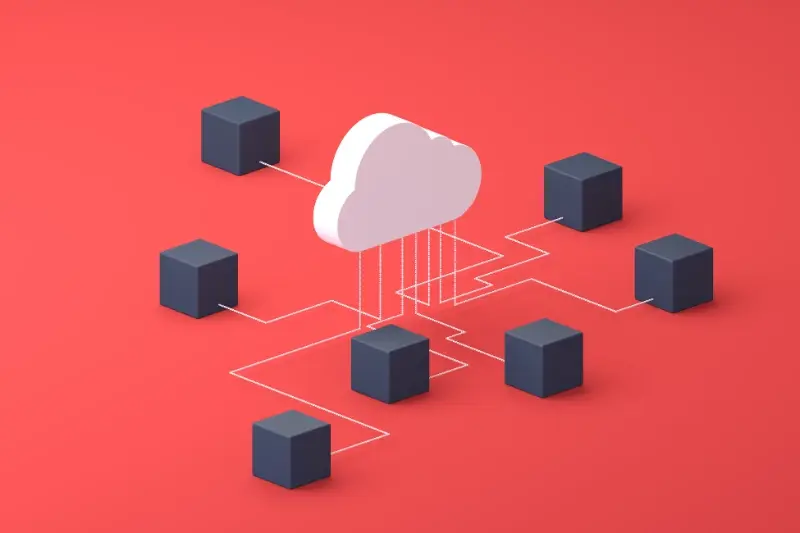How Edge Computing Is Revolutionising Mobile App Performance
Your favourite mobile app probably loads faster today than it did last year, and there's a good reason for that. Behind the scenes, a quiet performance revolution is happening that's changing how apps work—and most people don't even know it exists. Edge computing is moving the heavy lifting closer to where you actually use your phone, cutting down the time it takes for apps to respond and making everything feel snappier.
For years, mobile apps have relied on distant servers to do most of their thinking. When you tap a button, your request travels hundreds or thousands of miles to a data centre, gets processed, then travels all the way back. It works, but it's not exactly fast. Edge computing flips this approach on its head by bringing the processing power much closer to you—sometimes just a few miles away instead of across continents.
The technology impact of edge computing on mobile performance isn't just about speed; it's about creating experiences that feel instant and natural
What makes this particularly exciting is how it addresses problems that have plagued mobile apps since day one. Slow loading times, choppy video calls, laggy gaming experiences—these frustrations are becoming less common as edge computing becomes more widespread. The mobile app landscape is shifting, and the changes benefit everyone who uses a smartphone.
What Is Edge Computing and Why Does It Matter for Mobile Apps
Edge computing moves data processing closer to where it's actually needed—right where your users are. Instead of sending every request to a distant server hundreds of miles away, edge computing puts mini data centres in locations much nearer to your app's users. Think of it like having local shops instead of travelling to a massive warehouse every time you need something.
For mobile apps, this proximity makes a massive difference. When someone taps a button in your app, the response comes from a server that might be just a few miles away rather than halfway across the country. The result? Everything feels snappier and more responsive.
Why Traditional Cloud Computing Isn't Always Enough
Traditional cloud computing works well for many things, but it has one major weakness: distance. Every time your app needs data, it has to travel back and forth to centralised servers. This journey takes time—sometimes just milliseconds, but those milliseconds add up quickly when you're dealing with real-time features.
The Mobile App Connection
Mobile apps are particularly sensitive to delays because users expect instant responses. Whether it's loading a video, processing a payment, or updating a social media feed, even small delays can make an app feel sluggish. Edge computing tackles this problem by bringing the processing power closer to where it's needed most.
- Faster response times for user interactions
- Better performance for real-time features
- Reduced strain on central servers
- Improved reliability during peak usage
The Performance Problems Edge Computing Solves
After years of building mobile apps, I can tell you that performance issues are the quickest way to lose users—and I mean really quickly. People expect apps to work instantly, but traditional cloud computing often can't deliver that speed. The problem is distance; when your app needs data from a server that's thousands of miles away, physics gets in the way.
Let's be honest about what frustrates users most. Slow loading times top the list, followed by laggy video streaming and delayed responses when they tap buttons. These aren't just minor annoyances—they're app killers. When someone's trying to stream a video and it keeps buffering, or when a gaming app has terrible lag, they'll delete it faster than you can say "one-star review".
Users typically abandon apps that take longer than three seconds to load, so every millisecond counts in mobile app performance.
The Main Performance Culprits
Edge computing tackles these specific problems head-on:
- Network latency from distant servers
- Bandwidth limitations during peak usage
- Server overload causing slow response times
- Poor performance in areas with weak internet connections
- Battery drain from constant data requests
The beauty of edge computing is that it brings processing power closer to users. Instead of sending every request on a round trip to a distant data centre, edge servers handle tasks locally. This means faster responses, smoother streaming, and apps that actually work the way users expect them to.
How Edge Computing Works Behind the Scenes
The technical side of edge computing is actually quite straightforward once you break it down. Instead of your mobile app sending every request to a distant server farm—which might be hundreds or thousands of miles away—edge computing places smaller servers much closer to where you are. These mini data centres are scattered around cities, towns, and even neighbourhoods.
When your app needs data, it first checks if a nearby edge server can help. If that server has what you need cached locally, boom—you get your content instantly. No long journey across the internet required. Think of it like having a local shop on your street instead of driving to the big supermarket across town.
The Smart Distribution Process
Edge servers aren't just storage units sitting there waiting. They're constantly communicating with each other and the main cloud servers, sharing popular content and updating their local caches. If you're streaming a viral video, the edge server learns that lots of people want it and keeps a copy ready for the next person who asks.
This distributed approach means your app can serve different parts of its content from different locations simultaneously—images from one edge server, user data from another, all working together to create a seamless experience that feels lightning fast.
Real-World Benefits Users Actually Notice
After spending years working on mobile app projects, I can tell you that users don't care about the technical wizardry happening behind the scenes—they just want their apps to work brilliantly. Edge computing delivers exactly that, creating a performance revolution that users feel every time they tap their screen.
The most obvious benefit is speed. Apps load faster, images appear instantly, and streaming content starts playing without those annoying buffering circles. Video calls become clearer with less lag, which means fewer awkward "can you hear me?" moments. Gaming apps respond quicker to touch controls, making gameplay feel more natural and responsive.
Battery Life Gets Better
Here's what users love most: their phones don't drain as quickly. When processing happens closer to the user rather than in distant data centres, devices work less hard and consume less power. This technology impact means people can use their favourite apps longer without constantly hunting for charging cables.
Users notice when apps just work seamlessly—they stop thinking about the technology and start enjoying the experience
Offline functionality improves too. Apps can cache more content locally and sync seamlessly when connection returns. Social media feeds load instantly, navigation apps provide directions even in poor signal areas, and shopping apps remember your preferences without constant internet checks.
The Technical Advantages for App Developers
From a developer's perspective, edge computing opens up some brilliant new possibilities that weren't really feasible before. One of the biggest wins is reduced server load—when processing happens closer to users, your main servers don't have to work as hard handling every single request. This means lower infrastructure costs and better scalability when your app suddenly goes viral.
Edge computing also gives developers much more flexibility with data processing. Instead of sending everything back to a central server, you can process sensitive information locally and only send what's absolutely necessary. This is particularly useful for apps dealing with personal data or real-time features like video calls or gaming.
Key Technical Benefits
- Reduced bandwidth costs through local processing
- Better offline functionality and data synchronisation
- Improved security through distributed processing
- More responsive user interfaces with faster data access
- Easier compliance with data protection regulations
The debugging and monitoring side gets more interesting too. With edge computing, you can identify performance bottlenecks more precisely—whether the issue is local processing, network connectivity, or server-side problems. This granular insight makes troubleshooting much more straightforward, which any developer who's spent hours hunting down mysterious lag issues will appreciate.
Current Challenges and Limitations
Now, I don't want to paint edge computing as some magical solution that fixes everything—because it doesn't. There are real challenges that developers face when trying to implement edge computing in their mobile apps, and I've seen plenty of teams struggle with these issues firsthand.
The biggest hurdle is cost. Setting up edge infrastructure isn't cheap, and for smaller app development projects, the expense can be quite difficult to justify. You're looking at multiple server locations, increased complexity in your deployment process, and ongoing maintenance costs that can quickly add up. Many of my clients initially get excited about edge computing until they see the price tag.
Technical Complexity
Then there's the technical side of things. Managing data across multiple edge locations creates synchronisation challenges that can give even experienced developers headaches. When your app needs to keep data consistent across different geographic locations, things get complicated fast. You're dealing with network partitions, data conflicts, and the challenge of maintaining real-time updates across distributed systems.
Security is another concern that keeps coming up in conversations with development teams. More endpoints mean more potential attack vectors, and monitoring security across a distributed edge network requires additional expertise and tools that many teams simply don't have yet.
Start small with edge computing—test it on non-critical features first to understand the complexity before rolling it out across your entire mobile app.
Future Possibilities for Mobile App Performance
Looking ahead, edge computing is going to change how we think about mobile apps completely. We're talking about apps that can process complex AI tasks instantly—imagine photo editing that happens in real-time as you move your camera, or language translation that's so fast it feels like magic. The computing power that's moving closer to our devices will make these experiences possible without draining your battery or requiring a superphone.
The really exciting part is how this will affect different types of apps. Gaming apps will be able to render console-quality graphics without the lag we see today. Shopping apps will let you try on clothes virtually with perfect accuracy. Navigation apps will process traffic data so quickly they'll predict problems before they happen.
What App Developers Can Expect
For those of us building these apps, the possibilities are genuinely thrilling. We'll be able to create experiences that simply aren't possible today:
- Real-time collaborative editing in documents and creative tools
- Instant voice processing for accessibility features
- Advanced augmented reality that works smoothly on standard devices
- Predictive interfaces that adapt to user behaviour instantly
- Seamless offline-to-online transitions without user interruption
The best part? Users won't need to upgrade their phones constantly to get these benefits. Edge computing will make older devices feel faster and more capable than ever before.
Conclusion
After working with mobile app development for the better part of a decade, I can say with confidence that edge computing represents one of the most significant shifts we've seen in how apps can deliver better experiences. It's not just another tech buzzword—it's solving real problems that have plagued mobile developers and users alike for years.
The performance improvements we've explored throughout this post aren't theoretical; they're happening right now. Apps are loading faster, responding quicker, and working better offline thanks to edge computing infrastructure. For users, this means less waiting around and more actually getting things done. For developers, it opens up possibilities that simply weren't feasible when everything had to make long trips to distant servers.
That said, edge computing isn't a magic solution to every mobile app challenge. The technology still has limitations, costs money to implement properly, and requires developers to think differently about how they architect their applications. But the trajectory is clear—as edge networks expand and mature, the performance revolution in mobile apps will only accelerate.
If you're planning a new mobile app or looking to improve an existing one, edge computing deserves serious consideration. The technology impact on user experience is too significant to ignore, and early adopters will have a competitive advantage as this becomes the new standard.
Share this
Subscribe To Our Blog
You May Also Like
These Related Stories

The Complete Guide to Vibe Coding: Building Apps With Natural Language in 2025

The Ultimate Guide to 5G App Development in 2025





